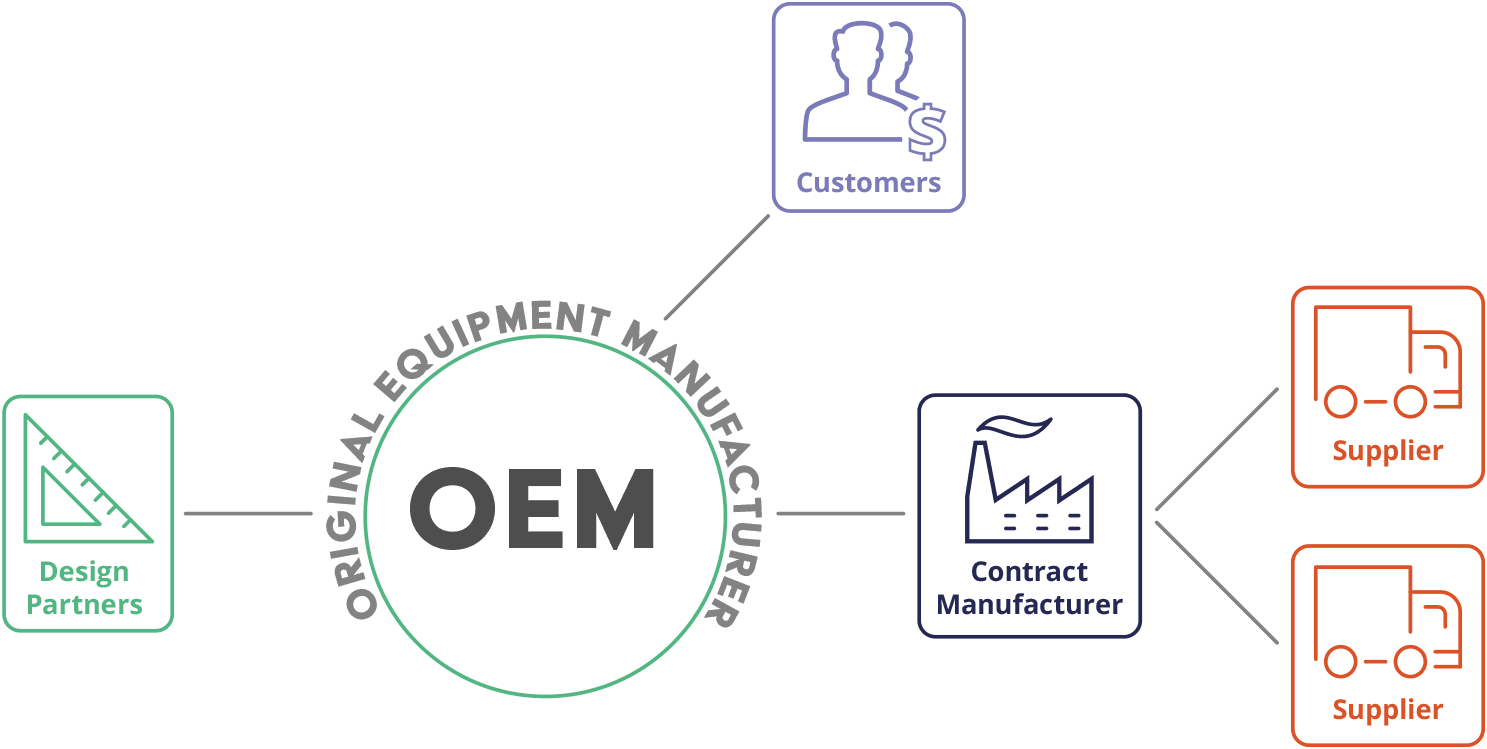Supply chain collaboration enables multiple organizations to work together in pursuit of a common goal. Automating review and approval processes or creating ways to collaborate in real time accelerates many functions such as product design, new product development (NPD), new product introduction (NPI), supplier qualification, quality management, and corrective action preventive action (CAPA). Implementing more effective supply chain collaboration processes results in improved service levels, increased customer satisfaction, reduced costs of goods sold (COGS), improved quality, accelerated time to market, increased profitability, and improved market share.

Some common types of supply chain collaboration include:
* Source: https://en.wikipedia.org/wiki/Supply_chain_collaboration
Collaboration enables organizations to improve service levels, increase customer satisfaction, reduce cost of goods sold (COGS), improve quality, accelerate time to market, and respond to new market demands with greater agility.
Effective collaboration involves real-time communication between all teams in a controlled system to avoid confusion and errors.
*Source: https://supplychaingamechanger.com/supply-chain-collaboration-new-way-drive-value/
Any two or more organizations dependent on one another to supply goods to an end customer are involved in supply
chain collaboration. These may include contract manufacturers (CMs), parts distributors, and design partners.
*Source: https://www.supplychainsecrets.com/an-introduction-to-supply-chain-collaboration/
Supply chain visibility (SCV) enables components, parts, or products to be tracked as they travel from supplier to manufacturer to end customer. It provides manufacturers real-time insights into disruptions or inventory shortages that may impact product delivery. It also helps manufacturers comply to environmental, trade, and other regulatory requirements.
*Source: https://searcherp.techtarget.com/definition/supply-chain-visibility-SCV
Today’s environment of supply disruptions are prompting many companies to develop more collaborative and resilient supply chain strategies. Learn how to improve visibility and overcome challenges by optimizing supply chain collaboration.
